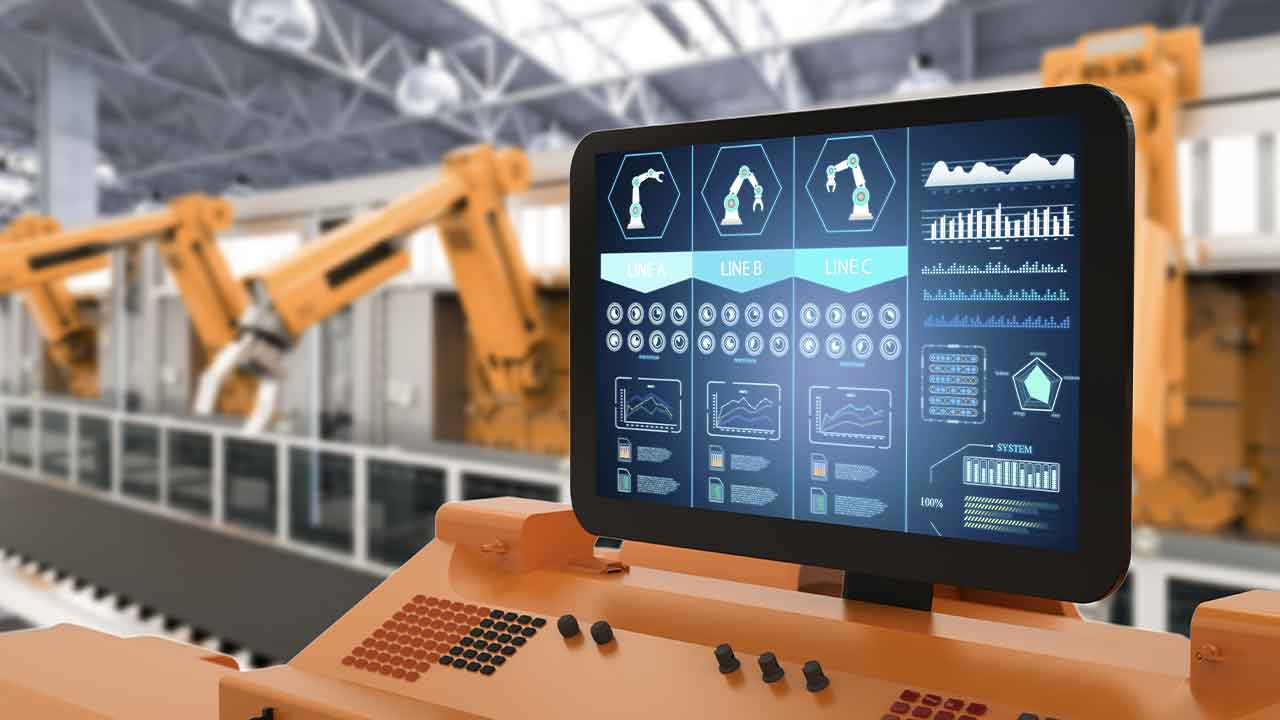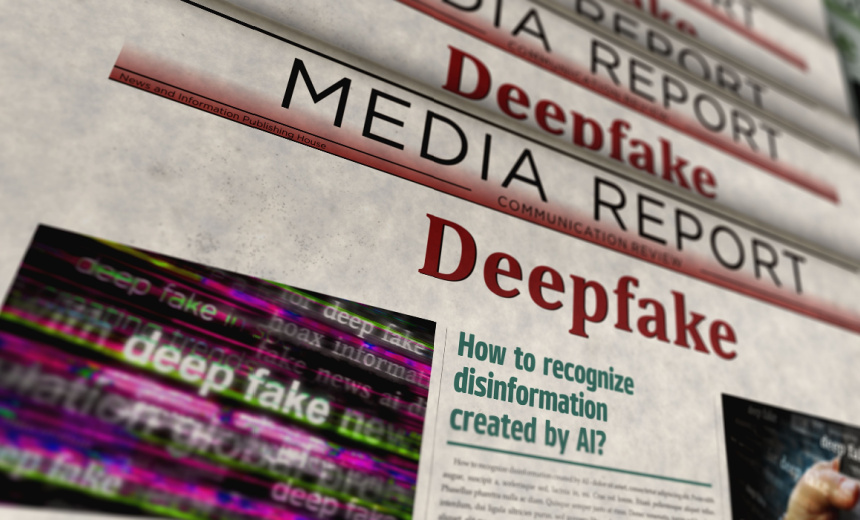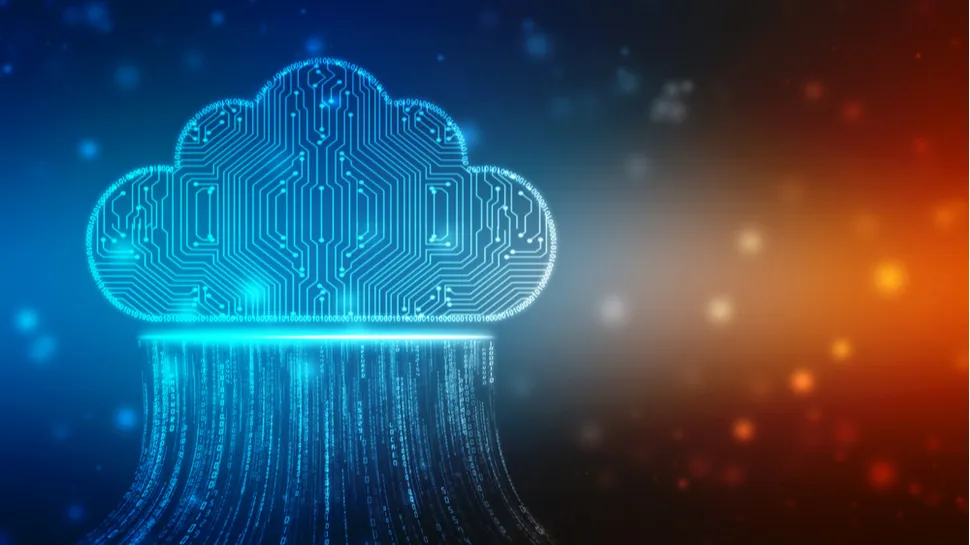Quote for the day:
Here’s Why Physical AI Is Rapidly Gaining Ground And Lauded As The Next AI Big Breakthrough

If we are going to connect generative AI to all kinds of robots and other
machines that are wandering around in our homes, offices, factories, streets,
and the like, we ought to expect that the AI will do so properly, safely, and
with aplomb. Can an AI that only has text-based data training adequately
control and direct those real-world machines as they mix among people? Some
assert that this is a highly dangerous concern. The generative AI uses
ostensibly book learning to guess what will happen when a robot is instructed
by the AI to lift a chair or hold aloft a dog. Is that good enough to cope
with the myriad of aspects that can go wrong? Perhaps the AI will by
text-basis logic assume that if the dog is dropped, it will bounce like a
rubber ball. Ouch, the dog might not be amused. ... AI researchers are
scurrying to craft Physical AI. The future depends on this capability.
Machines and robots are going to be built and shipped to work side-by-side
with humans. Physical AI will be the make-or-break of whether those
mechanizations are compatible with humans and operate properly in the real
world or instead are endangering and harmful.
Why workload repatriation must be part of true multi-cloud strategies
Repatriation can provide benefits such as cost optimization and enhanced
control, but it also introduces significant challenges. Key obstacles
organizations encounter during cloud repatriation include the absence of
cloud-native services, limited access to provider-managed applications, the
need for highly skilled professionals, and potentially substantial capital
expenditures required for building or upgrading on-premises infrastructure.
Migrating workloads back on-premises often results in the development of
hybrid environments or, in cases where multiple public cloud providers are
used, multi-cloud environments. This shift adds complexity to managing IT
infrastructure, requiring greater coordination and expertise. In public cloud
environments, providers offer a wide array of managed services, automated
management, and orchestration capabilities that simplify operations and reduce
the burden on IT teams. When repatriating workloads, organizations must find
alternatives or develop in-house solutions to replicate these functionalities.
This can be time-consuming, costly, and may result in reduced capabilities
compared to cloud-native offerings. As such, organizations must carefully
balance the trade-offs between the advanced capabilities of cloud-native
solutions and the control offered by on-premises environments.
3 hidden benefits of Dedicated Internet Access for enterprises

DIA is designed to support bandwidth-heavy tasks such as cloud-based
applications and video conferencing. It ensures seamless connectivity, helping
streamline operations and prevent performance issues. Routine activities like
large file sharing, backups, and data transfers are completed more
efficiently, while internal communication across multiple business locations
becomes smoother and more reliable. Think of DIA as your business’s private
Internet highway. Unlike shared connections, it provides uninterrupted
service, essential for maintaining optimal workflows and boosting
productivity. For companies that rely on consistent and high-performance
Internet access, DIA offers a dependable solution tailored to meet these
demands. ... Fast website loading times and smooth online transactions are
essential for satisfying customers. DIA helps businesses deliver a premium
online experience, which can significantly improve customer loyalty. This
reliable performance extends to all business locations, including branch
offices. With DIA, businesses can ensure consistent, high-quality interactions
with their customers—whether accessing resources or reaching out through
support channels. Additionally, DIA enhances customer support by ensuring
messaging services remain continuously available, allowing businesses to
respond quickly and efficiently to customer needs.
Data engineering - Pryon: Turning chaos into clarity
Data Engineering is the discipline that takes raw, unstructured data and
transforms it into actionable, high-value insights. Without a strong data
foundation, the $10M average that 1 in 3 enterprises are spending on AI
projects next year alone, are setting themselves up for failure. As data
creation accelerates – 90% of the world’s data has been generated in the last
two years – engineers are tasked with more than just managing it. They have to
structure, organise and operationalise data so it can actually be useful and
produce the right outputs. From building reliable pipelines to ensuring data
quality, engineering teams play the central role in making systems that
actually solve problems. ... Data synthesis is interesting, but taking action
is paramount. The final step is putting it to work. Whether that means
automating workflows, making real-time decisions, or delivering predictive
insights, this is where the rubber meets the road. Agentic orchestration can
enable systems to take the synthesised insights and act on them autonomously
or with minimal human input. These engines bridge the gap between theory and
practice, ensuring that your data doesn’t just sit idle – it drives measurable
outcomes.
Leading with purpose: Insights from the Bhagavad Gita for modern managers

In a professional setting, the ability to manage emotions is crucial for
success. A manager or individual who seeks gratification of ego and cannot
regulate their emotions is likely to face challenges in achieving results.
Actions driven by a sense of false ego can lead to conflicts, and
misunderstandings, and ultimately hinder productivity. Such individuals may
react impulsively rather than thoughtfully, allowing their emotions to cloud
their judgment. When individuals learn to regulate their emotions and act from
a place of calmness rather than chaos, they not only enhance their performance
but also uplift those around them. A Sattvic approach to work fosters
collaboration, creativity, and a shared sense of purpose. Conversely, when
actions are driven by ego or excessive ambition (Tamsik), they often lead to
stress and burnout. By embodying the teachings of the Gita—performing duties
with dedication while remaining unattached to outcomes—individuals can achieve
true mastery over their emotions. This mastery not only paves the way for
personal success but also cultivates an environment where everyone can thrive
together. While the entire Bhagavad Gita is replete with invaluable life
lessons, these two shlokas stand out as particularly essential for effective
management in the workplace.
Accelerating HCM Cloud Implementation With RPA
Robotic Process Automation (RPA) provides a practical solution to streamline
these processes. ... Many cloud platforms require Multi-Factor Authentication
(MFA), which disrupts standard login routines for bots. However, we have
addressed this by programmatically enabling RPA bots to handle MFA through
integration with SMS or email-based OTP services. This allows seamless
automation of login processes, even with additional security layers. ... It’s
essential that users are assigned the correct authorizations in an HCM cloud,
with ongoing maintenance of these permissions as individuals transition within
the organization. Even with a well-defined scheme in place, it’s easy for
someone to be shifted into a role that they shouldn’t hold. To address this
challenge, we have leveraged RPA to automate the assignment of roles, ensuring
adherence to least-privilege access models. ... Integrating with HCM systems
through APIs often involves navigating rate limits that can disrupt workflows.
To address this challenge, we implemented robust retry logic within our RPA
bots, utilizing exponential backoff to gracefully handle API rate limit
errors. This approach not only minimizes disruptions but also ensures that
critical operations continue smoothly.
MDM and genAI: A match made in Heaven — or something less?

Despite its promising potential, AIoT faces several hurdles. One major
challenge is interoperability. Many companies use IIoT devices and platforms
from different manufacturers, which are not always seamlessly compatible. This
complicates the implementation of integrated AIoT solutions and necessitates
standardised interfaces and protocols. IIoT platforms such as Cumulocity can
integrate various services and devices. A well-chosen platform facilitates the
integration of new devices, enables easy scaling, and supports the flexible
adaptation of an IIoT strategy. It also allows integration with other systems
and technologies, such as ERP or CRM systems, thereby embedding IIoT
technologies into existing business processes. Moreover, robust platforms
offer specialised security features to protect connected devices from
potential cybercriminal attacks. Another critical aspect is data preparation.
In IoT environments, data quality is often poorer than businesses assume.
Applying AI to inadequately prepared data produces subpar models that fail to
deliver expected results. ... A further challenge is the skills shortage.
Developing and implementing AIoT systems requires expertise in fields such as
data analysis, machine learning, and cybersecurity. The demand for skilled
professionals exceeds current supply, prompting companies to invest in
training and development programmes.
Enterprise Architecture and Complexity
Complex architectures are characterised by attributes that make it challenging
to manage using traditional project or program management methods. These
architectures often have many layers, interconnected parts, variables, and
dynamics that are not immediately apparent or easily understood. Complex
architectures are also unpredictable (Theiss 2023)2 due to the communication
and interaction required across and between the components. Managing an
architecture build and deployment requires both broad and deep understanding
of the interdependencies, interactions, and inherent constraints. As
increasing levels of automation are deployed at scale, greater visibility and
transparency is needed to understand not only the technologies and
applications in play, but also the intended and unintended consequences and
behaviour that they generate. Architectural artefacts and systems
documentation (even if up to date) typically show elements such as nested
operational processes as simple, generalised linkages and design patterns
which results in greater levels of ambiguity, not clarity. They only allow us
to understand in part. As systems architectures become more complex in build,
capability and scope, enhanced sense-making capabilities are needed to
navigate components, to ensure a coherent, adaptive systems design.
Misinformation Is No. 1 Global Risk, Cyberespionage in Top 5

Misinformation campaigns in the form of deepfakes, synthetic voice recordings
or fabricated news stories are now a leading mechanism for foreign entities to
influence "voter intentions, sow doubt among the general public about what is
happening in conflict zones, or tarnish the image of products or services from
another country." This is especially acute in India, Germany, Brazil and the
United States. Concern remains especially high following a year of the
so-called "super elections," which saw heightened state-sponsored campaigns
designed to manipulate public opinion. ... Despite growing concerns,
cyber resilience continues to be inadequate especially among small and
mid-sized organizations, according to the report's findings. Thirty-five
percent of small organizations believe their cyber resilience is inadequate,
up from 5% in 2022. Many of these organizations lack the resources to invest
in advanced cybersecurity measures, leaving them increasingly vulnerable to
ransomware, phishing and other attacks. Seventy-one percent of cyber leaders
say small organizations have already reached a "tipping point where they can
no longer adequately secure themselves against the growing complexity of cyber
risks." ... On one hand, AI-powered systems are proving invaluable in
identifying threats, automating responses and analyzing vast amounts of data
in real time.
Cloud repatriation – how to balance repatriation effectively and securely

Regardless of the reasons for making the move away from public cloud, the road
to repatriation can be complex to navigate. Whether it is technical or talent
issues, financial costs or compliance challenges, businesses making the switch
should be prepared to spend time planning and executing an effective strategy.
Within this strategy there are three areas that require special attention:
observability, compliance and employing a holistic tech stack strategy.
Observability is crucial in cloud repatriation because in order to move data
and applications in-house, a business must understand them and how they are
being used. It is only then you can ensure a smooth and effective transition.
For example, there might be Shadow IT or AI that is being used by employees to
get around IT policy and help them to get their work done faster. Sometimes
these technologies will store data on a cloud service, so businesses need to
be aware of them before making the switch. By leveraging observability,
organizations can mitigate risks, optimize their infrastructure, and achieve
successful repatriation that meets their strategic objectives. Compliance is
also important as it is a major focus area for European and UK regulators with
new and emerging regulations like DORA and NIS2 coming to the fore.
No comments:
Post a Comment